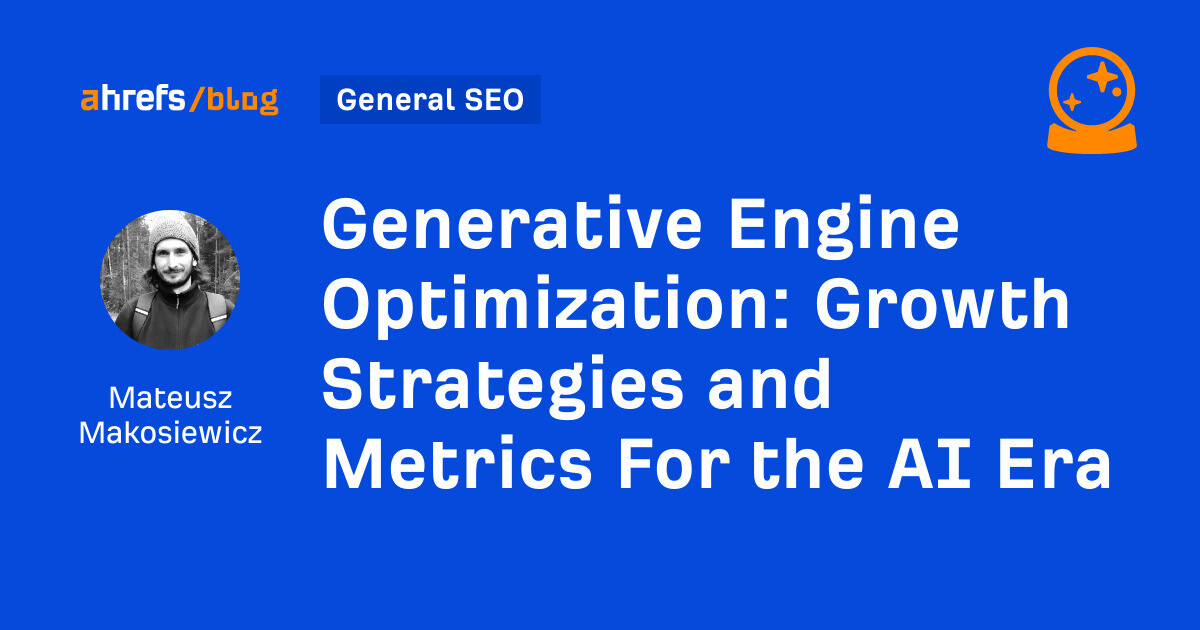The Long-Form Content Illusion: Why Longer Content Isn’t Better
You might even have seen it for yourself. You’re trying to make a simple pasta dish (like aglio e olio) but you have to scroll through a piece that’s thousands of words long, answering questions you didn’t need: Even...
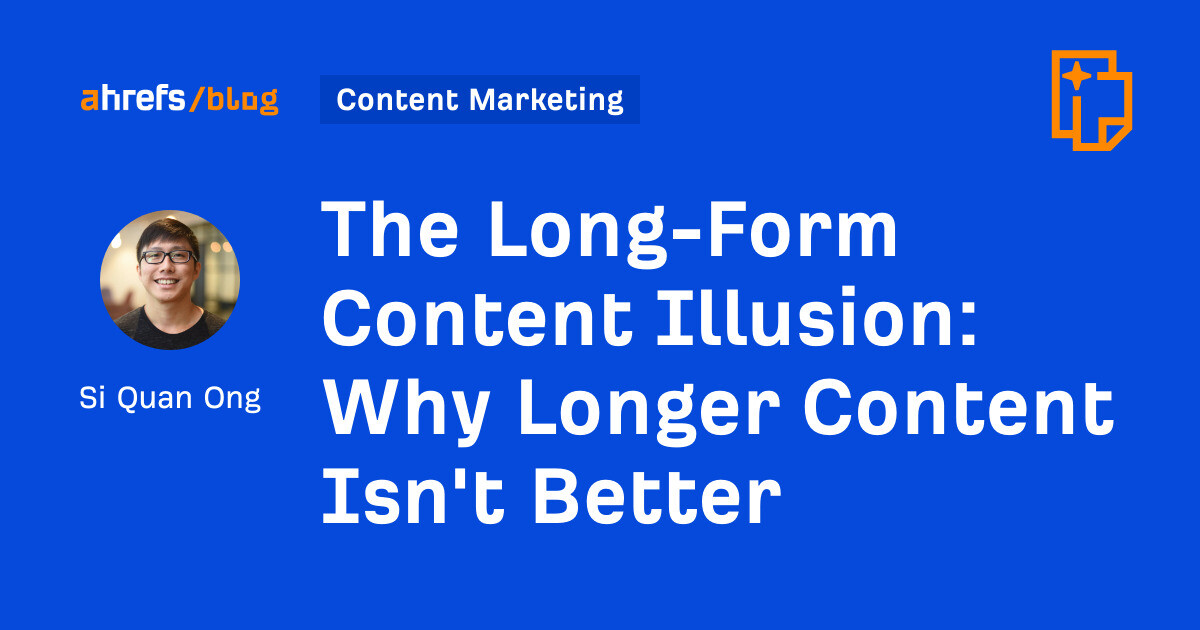
Article Performance
Data from Ahrefs
The number of websites linking to this post.
This post's estimated monthly organic search traffic.
You’re looking for this article because you think long-form content works right? Or at least that’s what you’ve heard from many marketers. You might even have seen it for yourself. You’re trying to make a simple pasta dish (like aglio e olio) but you have to scroll through a piece that’s thousands of words long, answering questions you didn’t need: Even when I ran my AMA on LinkedIn to celebrate my milestone of writing 100 blog posts for the Ahrefs blog, a common question was “What’s the length?” That question reveals something important. As marketers, we don’t just believe that long-form content works; we believe length is the reason it does. But what if we’re confusing what’s working… with why it’s working? It’s not because someone said it once in a viral podcast episode. There are deeper reasons as to why SEOs and marketers love long-form content: In an industry full of ambiguity and platitudes (“make helpful content”, “offer value”), long-form content gives marketers something concrete to chase. It’s easier to say “write at least 2,000 words” than it is to say “understand your audience on a human level, figure out what they’re struggling with, and deliver a solution in the most effective format.” The amount of work you need to actually do to understand your audience, from Sparktoro One is a simple metric; the other requires actual skill and investment. So we default to what feels easy, even if it’s not “right”. It’s easier to dump everything you know into one place than to use judgment and reason and be selective about what to include. I see this all the time. I wanted to learn how to cook a tuna aglio e olio last month and the first article I found covered: The last one was truly a ???. Look at how far I had to scroll to actually get to the recipe. The hardest part of content creation isn’t writing. It’s editing. It’s having the discipline to say: “This is interesting but not essential for the reader right now.” That kind of curation takes confidence and a deep understanding of your audience, which is harder than adding another subheading. We see long-form content ranking, so we think that must be one of the reasons why it’s ranking. I mean, even a simple query like “how to clean coffee machine” has articles with word counts >1,000. Sounds bonkers, but it works, right? So we copy. But that’s like copying Bill Gates’ morning routine to become rich. Sure, it’s what we can see and follow, but it’s not the reason why he became a billionaire. Correlation is not causation. Length may be a factor, but we don’t know 100%. Is it ranking because it’s long… or is it ranking because it’s high-quality, satisfies search intent, and has tons of backlinks? Length could simply be a byproduct of quality, not the driver. Yet, as SEOs, we copy the format, not the value. By the way, you can rank with a short article too. Meta, but this article ranking for my target keyword has only 837 words: But this also includes all the miscellaneous words on that page, like the header and footer. If we take the actual article and paste it into Word Counter, it’s only 253 words: You might have seen these stats from other data studies: Many marketers take this to say “long-form content works”. But this is a classic case of survivorship bias. We see the successful long-form content that made it to the top. But we don’t see the 90% of long-form posts that sank into the void. In fact, if I do an empty search in Content Explorer and filter for pages that are more than 1,000 words and have 0 traffic, there are over one billion pages: Just because some lengthy articles rank high doesn’t mean all of them rank high. If we only look at the winners, we get a warped view of reality. There’s this “length is strength” heuristic baked into our brains: But you can write 3,000 words and say absolutely nothing. Just look at all the books on the business shelf in your local bookstore. Long content isn’t automatically valuable. Funnily enough, the opposite is true. Ask any writer and they’ll tell you that making something shorter and simpler is harder than creating something long. You can pad words, but it takes hard thinking to reduce something to its essence. As Einstein once said, “If you can’t explain it simply, you don’t understand it well enough.” Let’s be clear: I’m not here to trash long-form content. There are reasons to go long: Some subjects simply can’t be summarized in a few paragraphs without doing a disservice to the reader. But even then, the length isn’t the goal; it’s the result of doing the topic justice. So, here’s the truth: long-form is a container, not a strategy. You don’t aim to make long-form content. You aim to make useful, comprehensive, in-depth content. Sometimes that requires a long answer; sometimes a short one suffices. Thinking about the word count before you type a single word is the wrong approach. The length of the article should be earned, not determined. To give your reader exactly what they need, you need to know why they’re searching for that topic. That’ll also tell you if they’re beginners or already know a lot about the topic. How do you figure out search intent? First, you need to make sure you’re targeting a topic people are searching for. Otherwise, you can’t figure out why they’re searching for it. To do this, enter your target topic into Keywords Explorer: It’s a good start: “how to create content” has 500 searches a month. So, people are searching for it. However, you’ll notice that the Parent Topic (“content creation”) is different. Parent Topic determines if you can rank for your target keyword while targeting a more general topic on your page instead. What this tells us is that “how to create content” is actually a sub-topic; the main topic is “content creation”. So we should target “content creation” instead. Once we’ve figured out that is actually our target keyword, we can look at the top-ranking pages for that keyword to figure out search intent. Scroll down to the SERP Overview and click on Identify intents: So, it’s likely that people searching for this topic are complete beginners and need help getting started. Since we know that people searching for “content creation” are beginners, we need to match their level of sophistication. The big mistake here—that a lot of marketers do—is cramming everything possible about the topic into an article. All of those 5,000-word-long beginner’s guides are for SEO, not for readers. Because if you’ve ever been a noob at something, being given a firehose worth of information is not actually useful. It’s overwhelming. You’re more likely to quit than continue. You need to give readers enough to feel supported and want to learn more, but not so much that they feel overloaded. Be as clear and complete as needed. How do you know what you need to include or exclude? The obvious answer is to use your expertise. Another way is to enter your keyword into AI Content Helper, and it’ll suggest important subtopics to cover. For example, here’s what it suggests for “content creation”: Those are what you need to include to make your article comprehensive and helpful. The secret to making content work, whether long or short, is structure. People don’t read blog posts top to bottom like novels. They skim and scan. They look for answers and bounce if they don’t find them fast. So give the answers to them early. Use the Inverted Pyramid model. Start with the tl;dr and answer the core question. Then dive into the details. The golden child of this format is Wirecutter. They’ll always tell you their top picks first before going into the meticulous specifics about why and how they chose them. Not every reader wants the same level of depth. So why force everyone through the same experience? Consider thinking about content in layers instead: For example, Joe Ng, the founder of Shift Fashion Group, does teardowns (yes, literal ones) of popular clothing brands. He posts the quick versions of it on TikTok and Instagram, answering the most important question: is it worth it? You can walk away from this short video knowing you will or won’t buy any of these brands. But if you want to see why and watch him tear the piece bit by bit, you can watch it on his YouTube channel: Thinking of content like this is helpful because it helps you build an ecosystem. You don’t have to create one-size-fits-all content pieces all the time. Break them up and serve them to different audiences. That way, the long-form version becomes a destination for the nerds and power users, not a mandatory step for everyone. Yes, I know it’s ironic that I just wrote a long-form piece for the topic of “long-form content”. Or perhaps it’s intentional? Well, I think it deserved the treatment and earned the length. If you’re serious about content that works, you have to move beyond the illusion. Long-form is not a strategy. It’s just a format. The real strategy is knowing what your audience needs, giving it to them fast, going deep when it matters, and removing everything else. Earn the length. Or don’t bother at all. 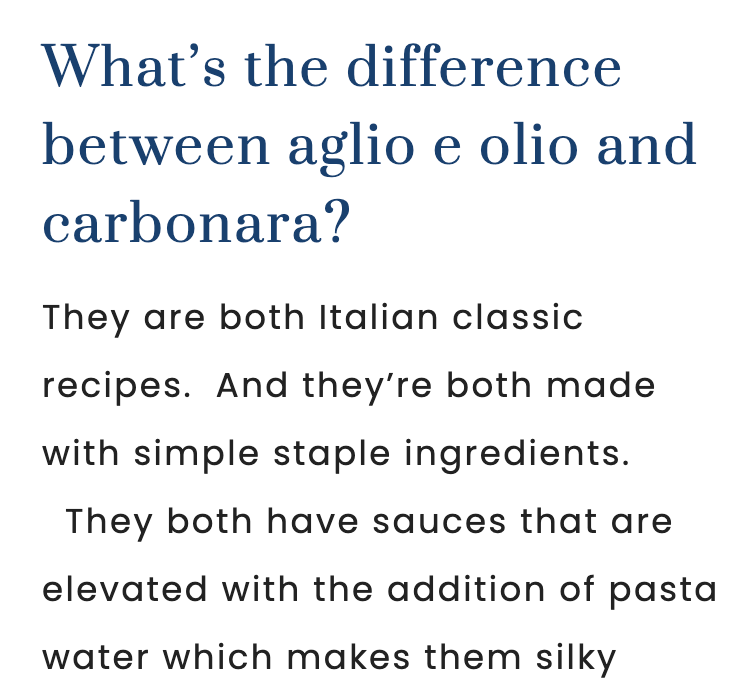


1. Long-form content feels like a tangible, repeatable strategy
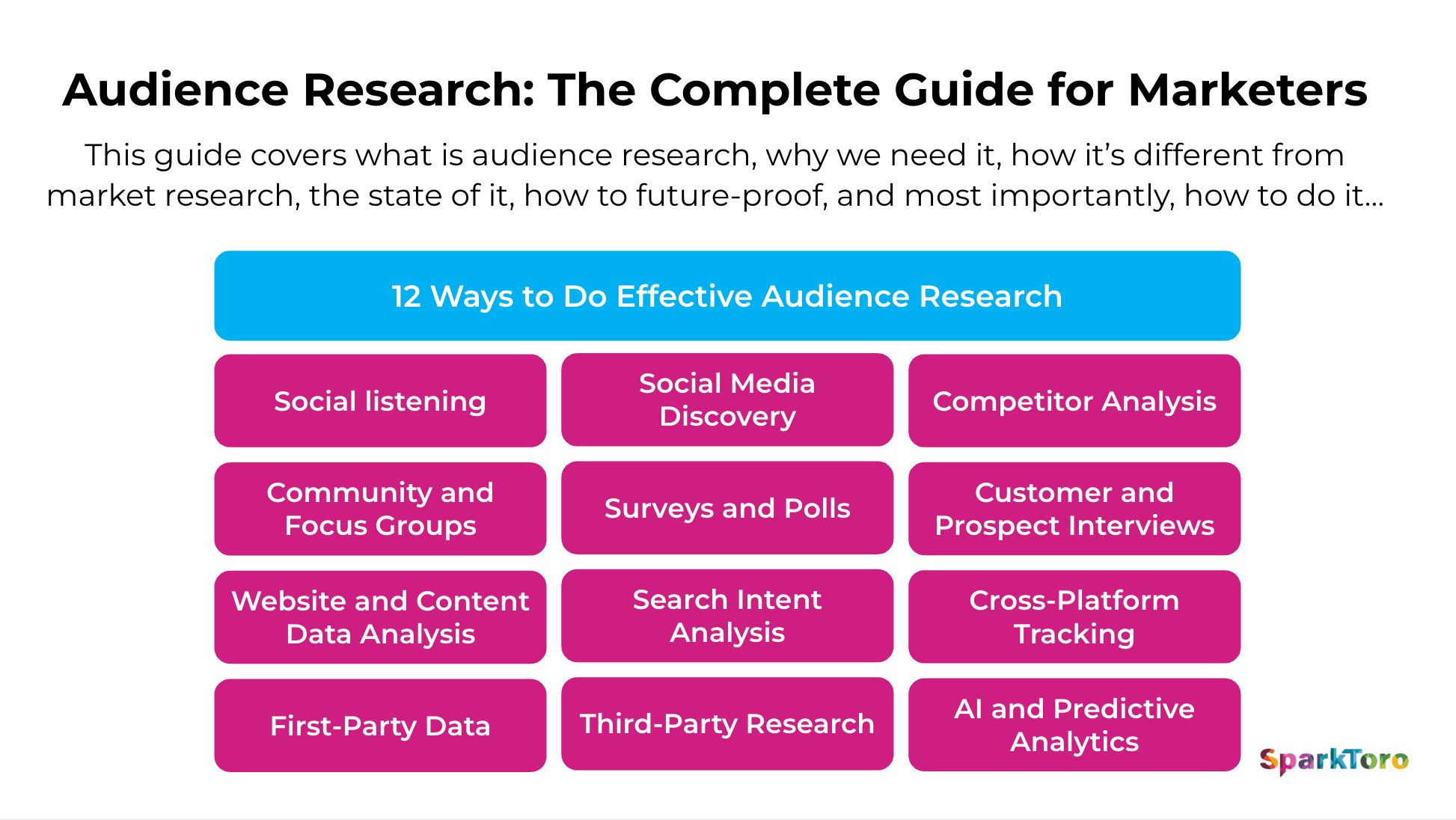
2. It’s easier to dump ideas than to edit
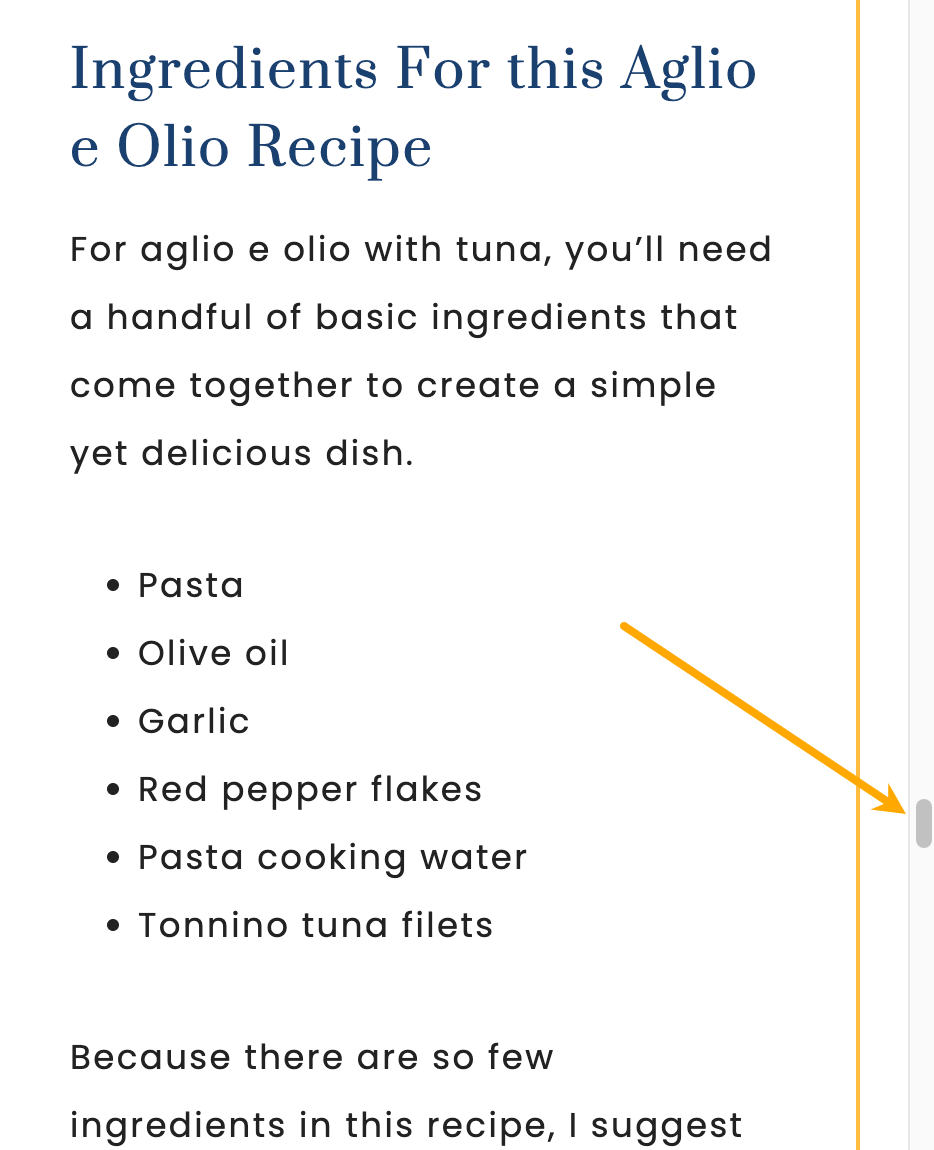
3. Google seems to reward it
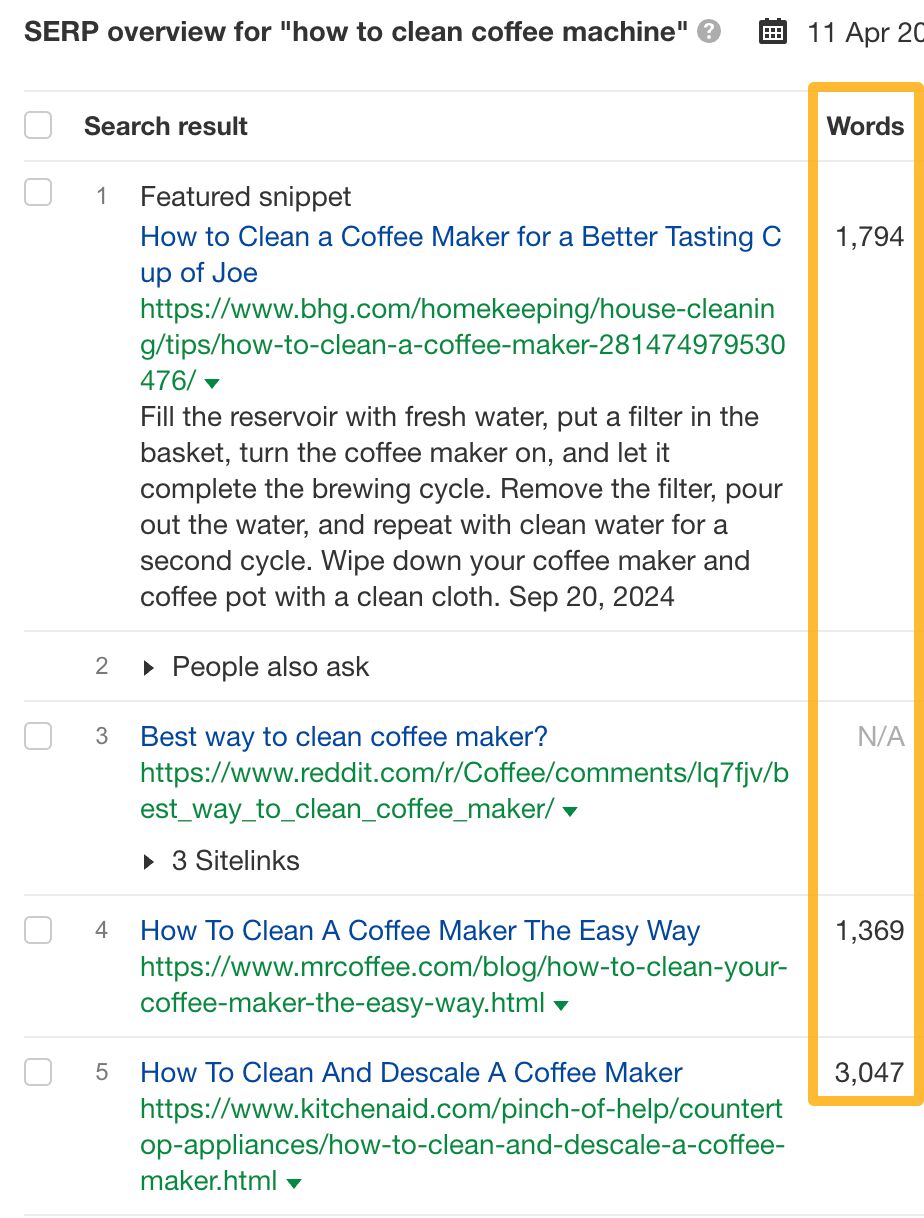
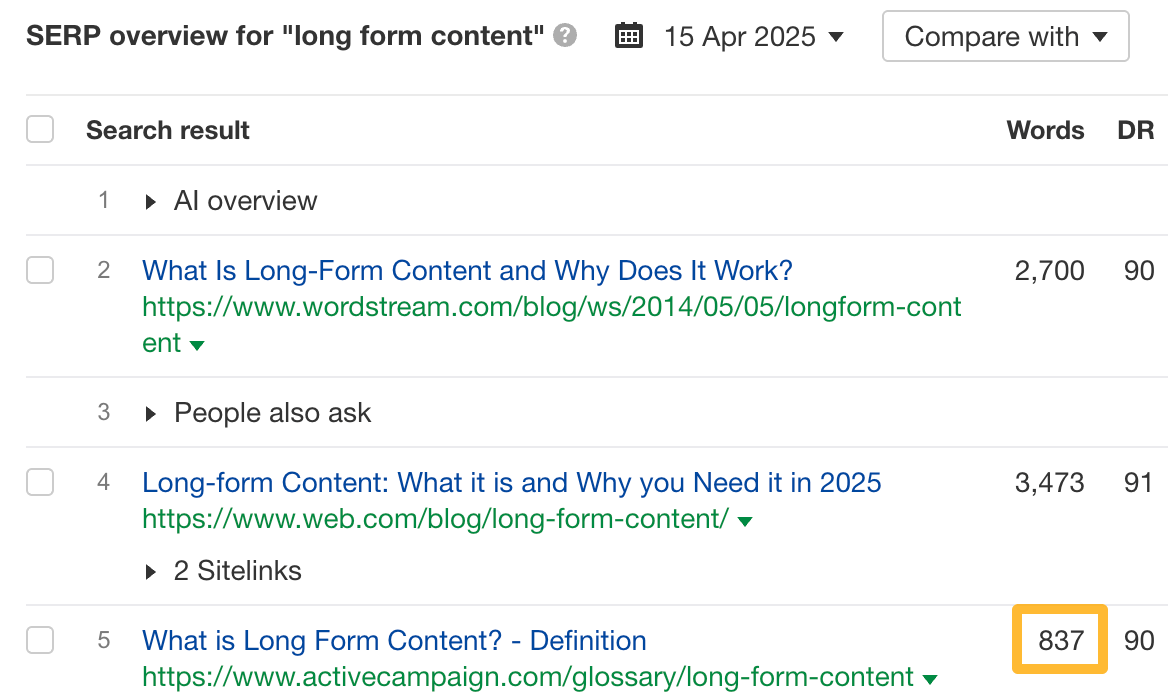
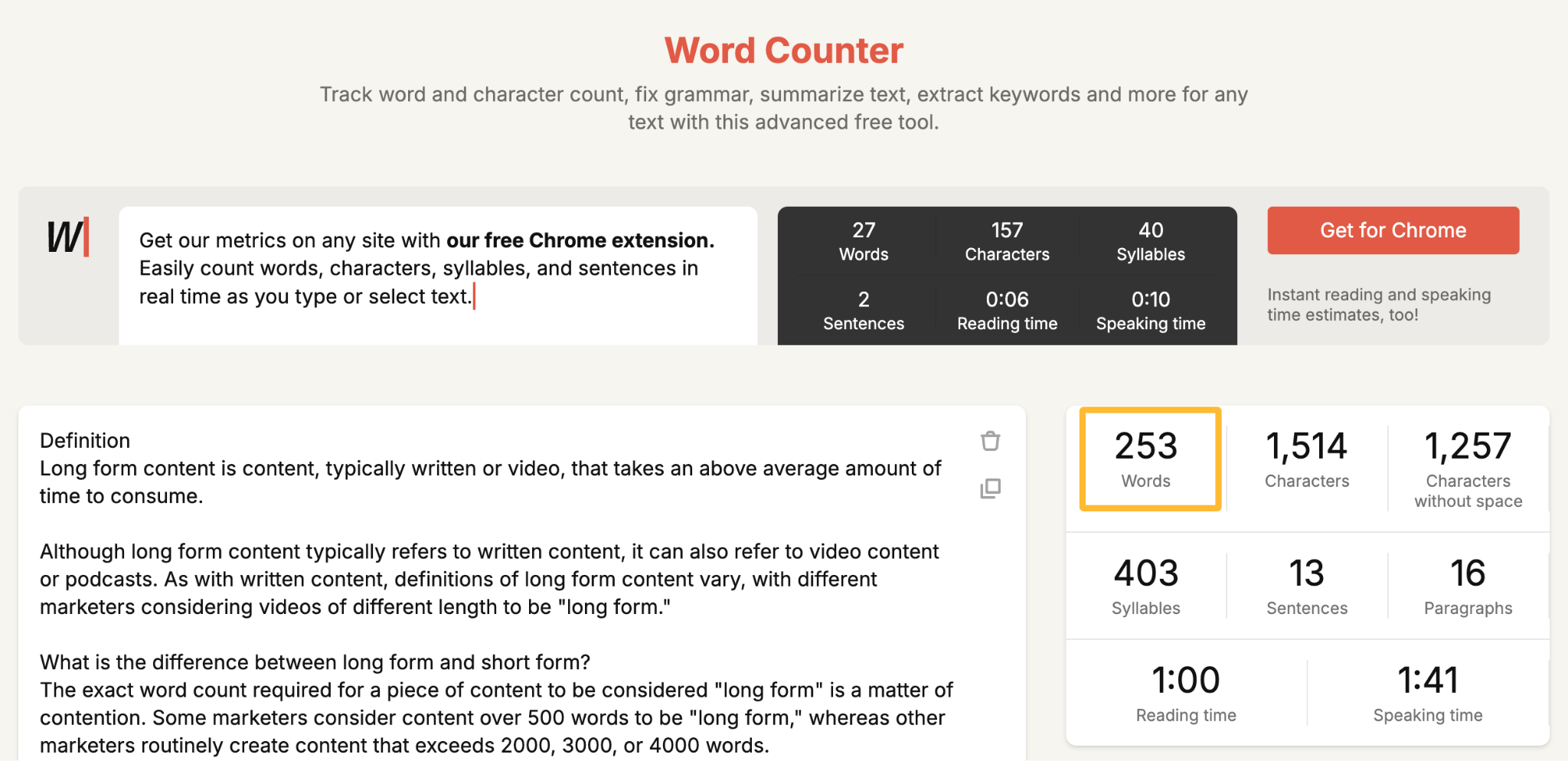
4. Long-form content is “data-backed”


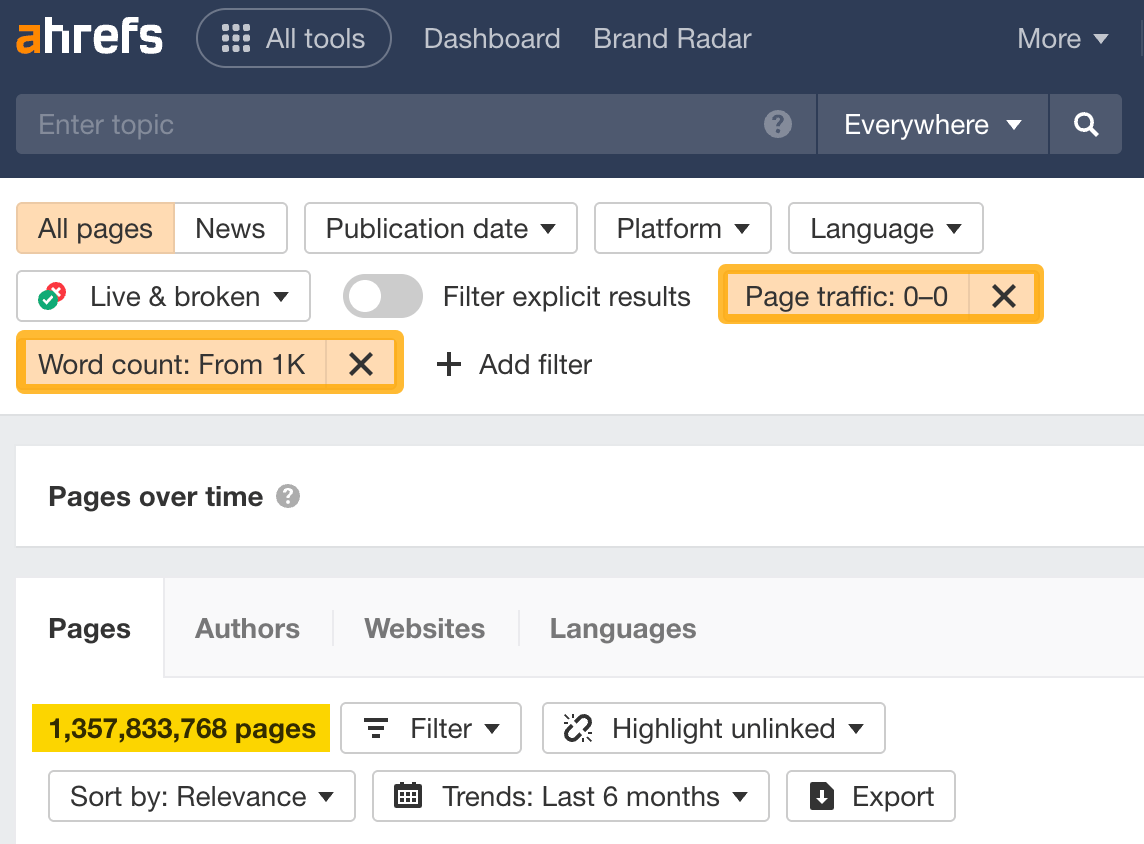
5. Long-form content signals authority
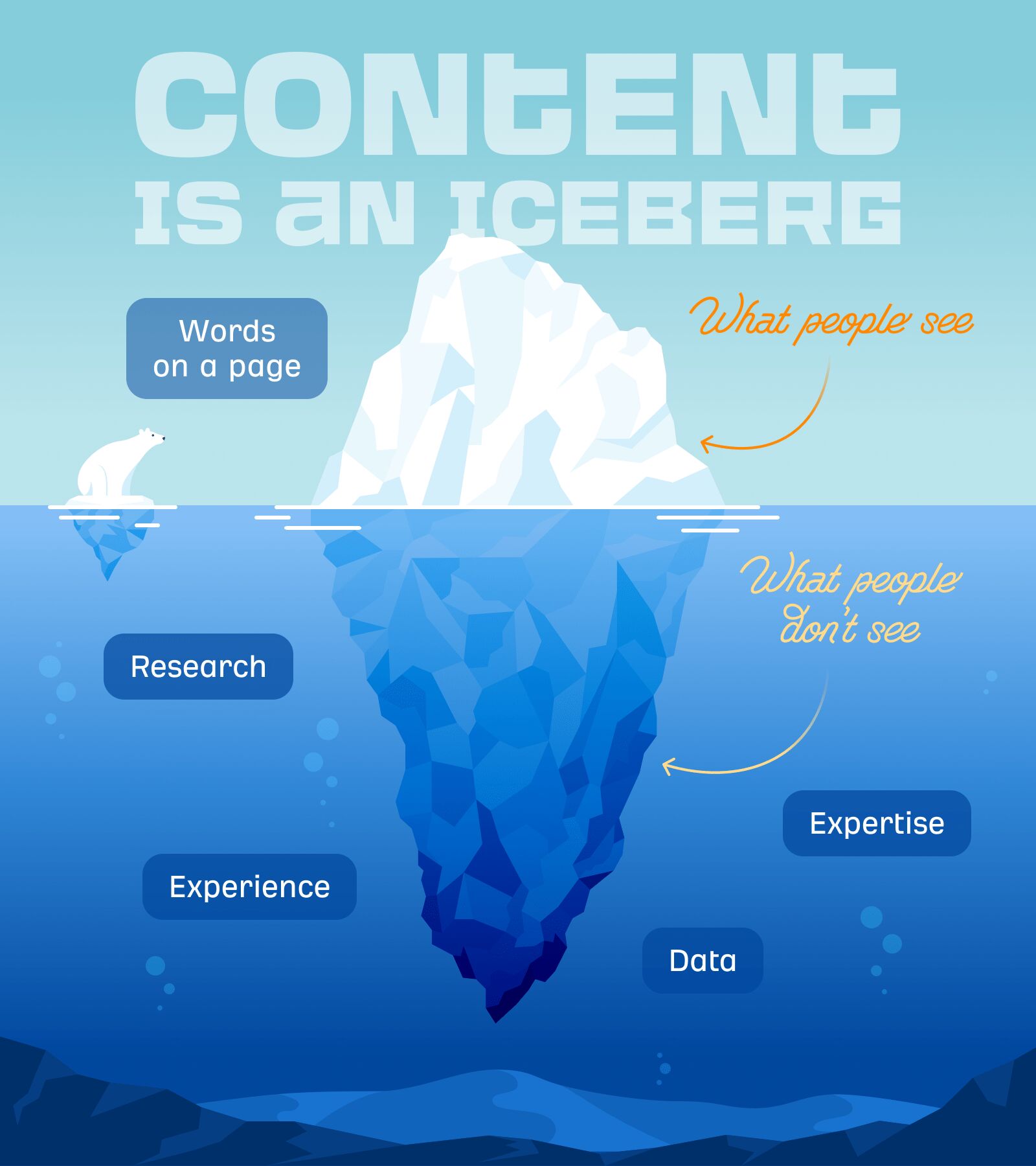
Look at search intent

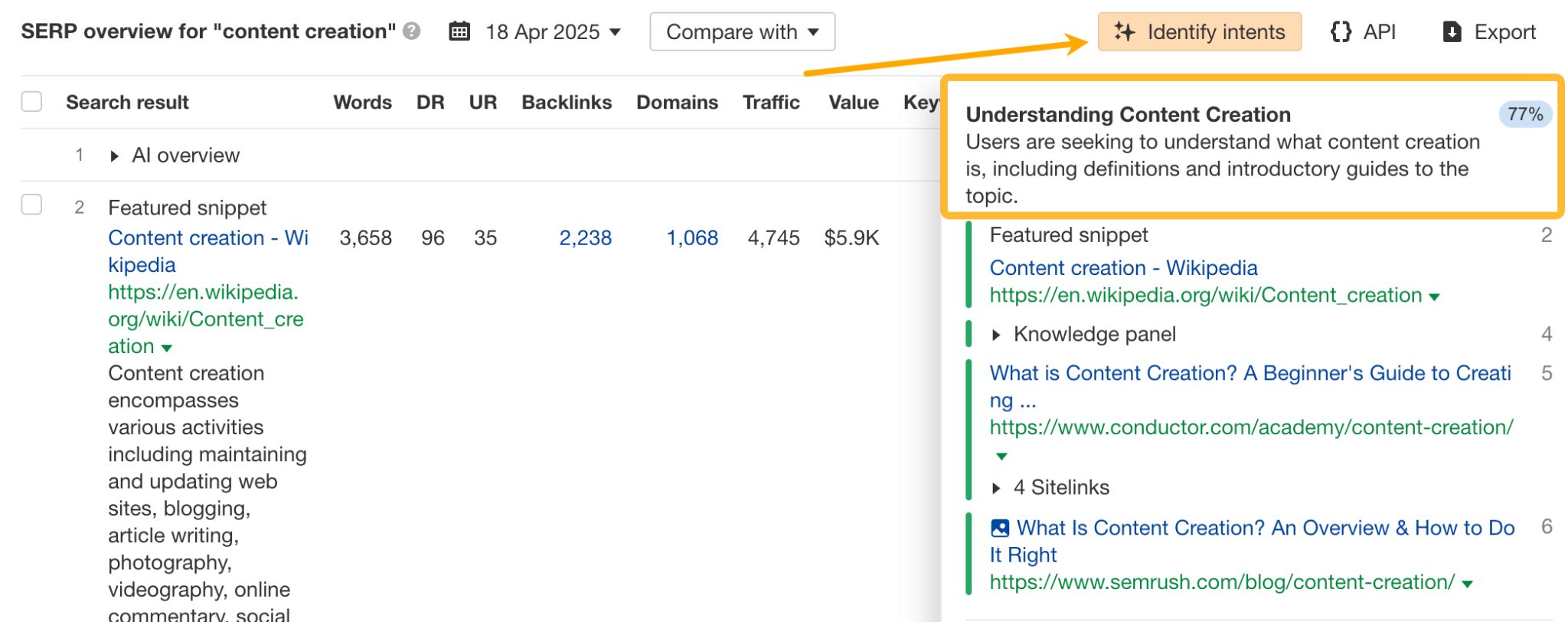
Be as clear and complete as needed
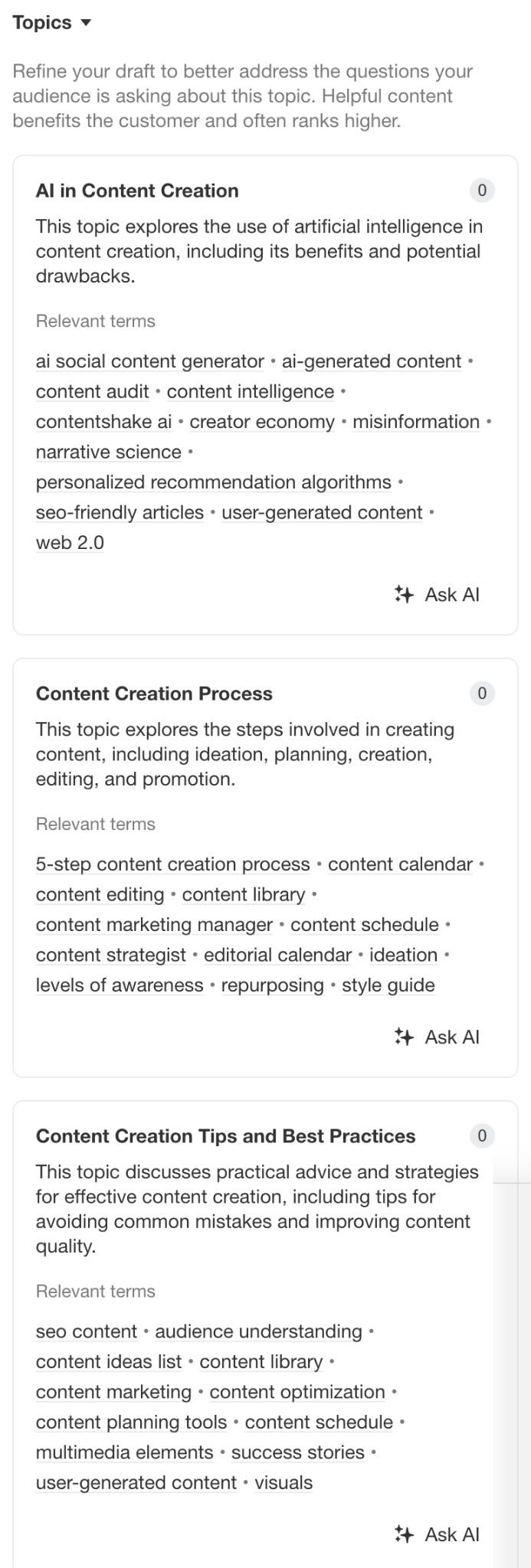
Structure for skimmers and deep readers
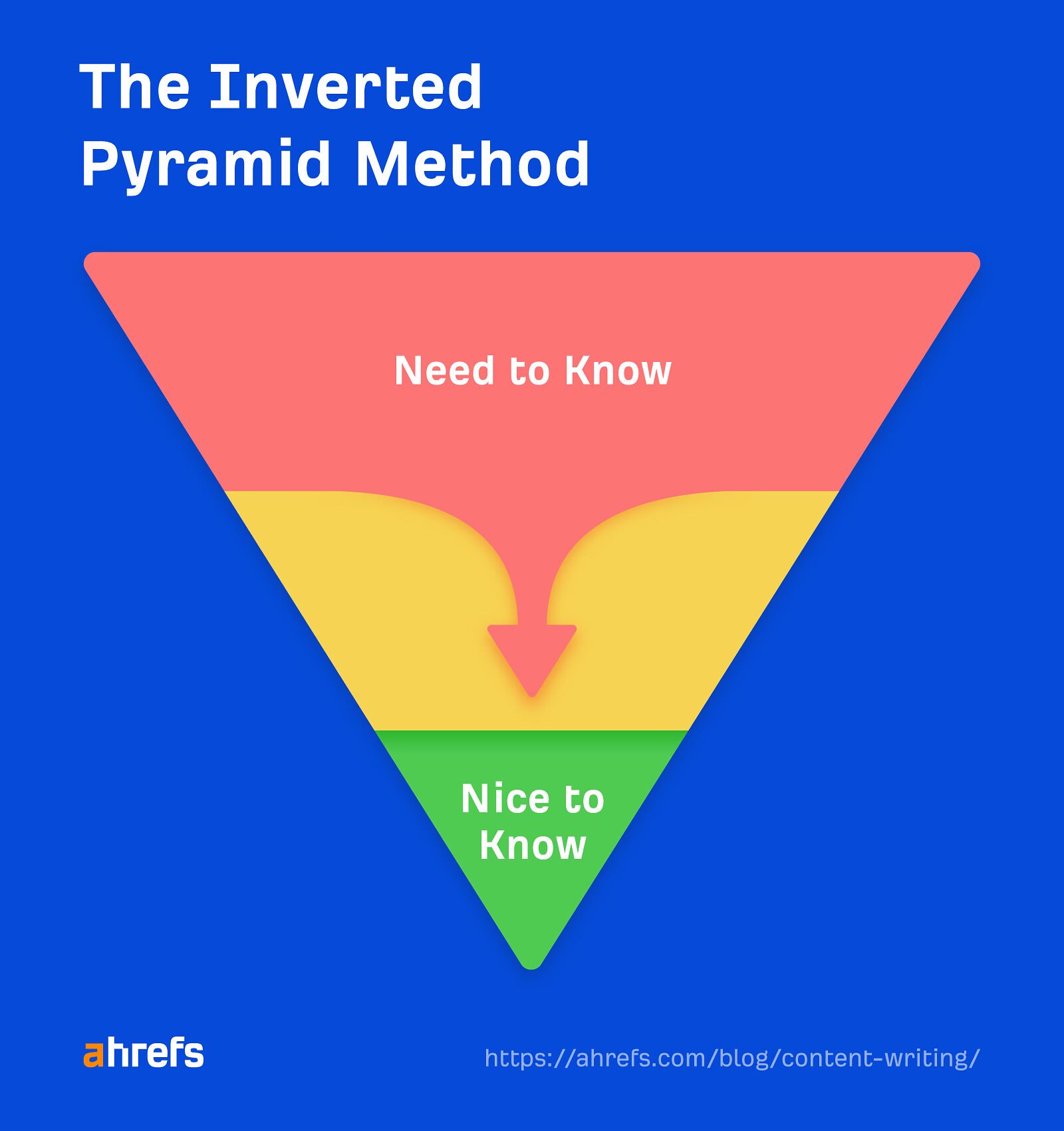
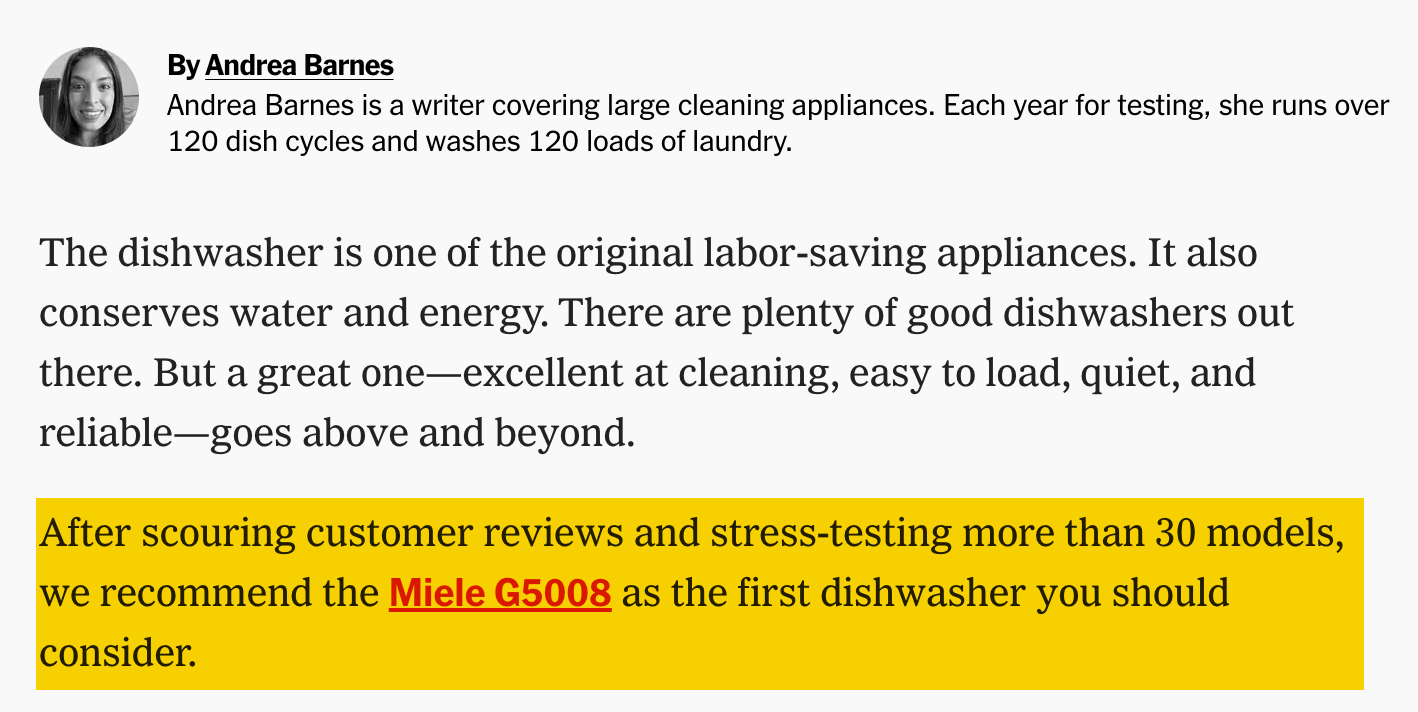
Think in layers, not length

Final thoughts

 JaneWalter
JaneWalter 










